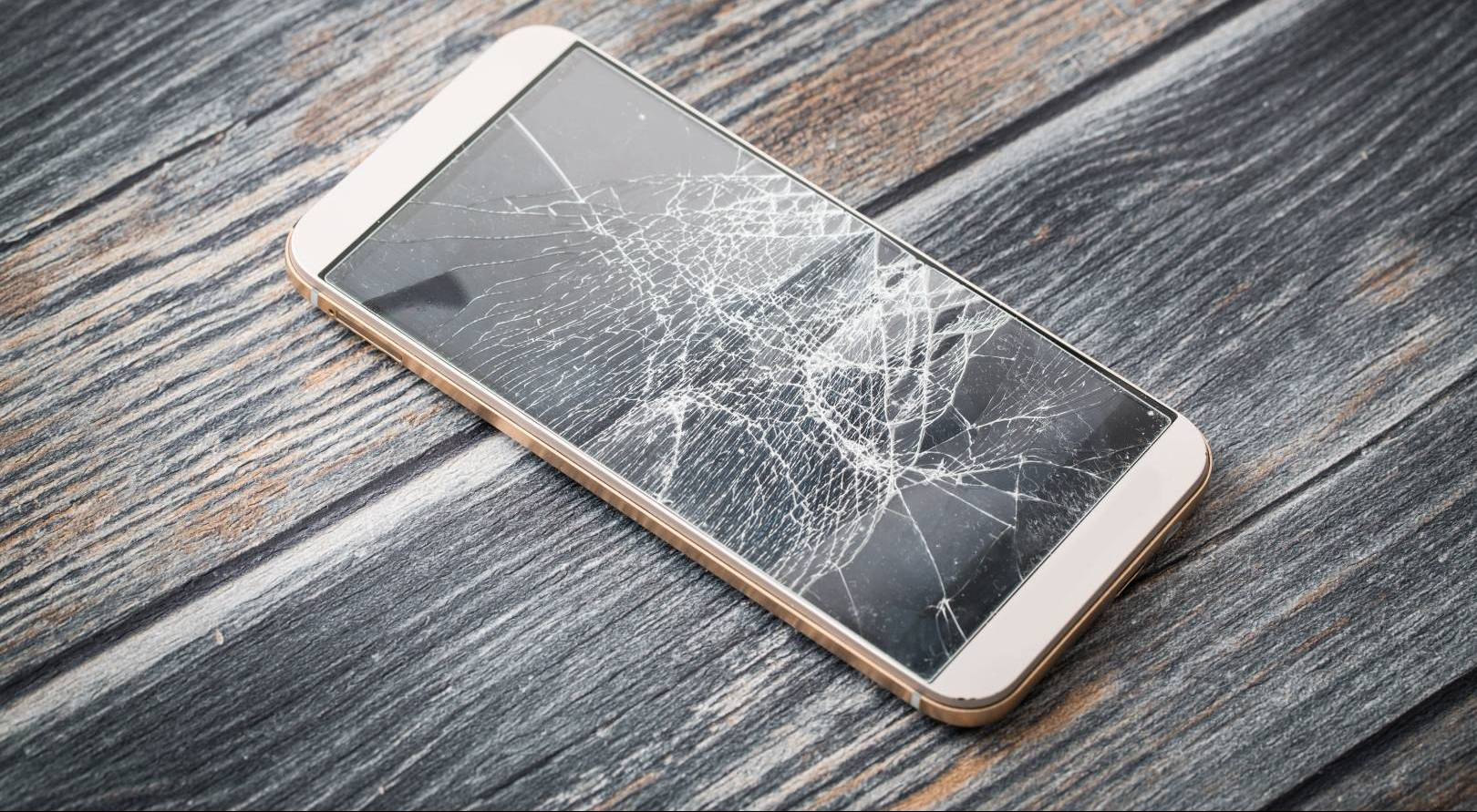If you’re one of our readers then chances are you’re reading this on your smartphone. Additionally, according to sources at Digital Trends, there is a 30% chance that you have a crack in your phone screen cutting off (possibly) a choice word from our publication’s vital and important news that you get directly from us and not something you saw shared on Facebook.
To say the least, there are a lot of cracked screens out there.
So it comes as no small surprise that the world of smartphones is due for a solution to people dropping their phones. Corning, God bless them, is doing the best they can after unveiling the Gorilla Glass 5. Among the many impressive specifications, they listed one of the features they promised is that the new glass could handle a 1.6-meter drop… 80% of the time. And sarcasm aside, for cellphones that’s a significant milestone, and who knows exactly how many broken iPhones there are out there?
However, there’s another solution seeing development in the form of self-healing phones.
A team of researchers at the University of California, Riverside, struck on the concept of creating self-healing after one of their lead researchers, Chao Wang, Ph.D. was inspired by one of his favorite characters from Marvel Comics, Wolverine. Inspired by his self-healing powers (you’ve seen at least one film, don’t pretend you don’t know) he conceived of a self-healing polymeric material that could generate current and conduct ions.
“A self-healing material, when carved into two parts, can go back together like nothing has happened, just like our human skin.” Said Wang when speaking with the American Chemical Society, “I’ve been researching making a self-healing lithium ion battery, so when you drop your cell phone, it could fix itself and last much longer.”
It’s a definite step up from even regular self-healing phones which at this point can only manage to heal a screen and not the electronics within. Wang’s polymer is designed to function in that capacity while operating in humid temperatures as well. “Previous self-healing polymers haven’t worked well in high humidity,” said Wang. “Water gets in there and messes things up. It can change the mechanical properties. We are currently tweaking the covalent bonds within the polymer itself to get these materials ready for real-world applications.”

His current iteration of the material can stretch up to 50 times its normal size and, upon being torn in two, automatically stitched itself back together within a single day. Despite this success, Wang is hesitant to see this invention jump to commercial use. “I think we still have a lot of challenges to conquer, including reliability and also the operation at different conditions.”

